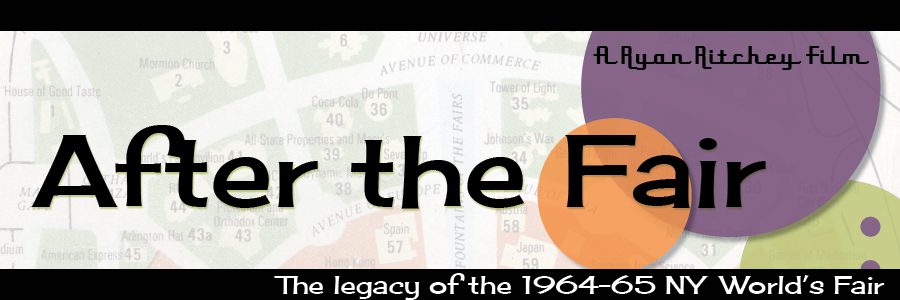Behind The Scenes: Getting home movies into our film
Three Bell & Howell projectors look great but couldn't help us out with film conversion today.During the heat wave here on the east coast, it was far too hot to go on a trip to Flushing Meadows Corona Park, so instead it was an opportunity to view/convert some home movies for use in our film. It's been awhile since we went "behind the scenes" of the film as far as production goes, so let's get started.
First, you may be wondering, "why do you need all those projectors?" Well, the fact of the matter is, it can be tough to find fully functioning projectors, and even more difficult (and expensive) to find replacement bulbs. As a result, I've ended up with many projectors from flea markets, yard sales, etc., through the years. And of course you never know what kind of life you will get out of the bulb until you start trying it. Considering I find projectors for under $15 in most cases, and that replacement bulbs can run $100, it makes more sense to buy several projectors, and hope for the best. Today, none of the three Bell & Howell projectors were going to work: two had blown bulbs, and the third had uneven lighting across the frame. While the bulbs are interchangeable on these three models, I decided to try a few more options.
Next I tried a Kodak Brownie 300 projector. These projectors were like the Apple computers of the projector world: the guts of the machine, with the exception of the two reel holders and the lense were hidden inside the shell of projector. Few adjustments, and hopefully, less to go wrong. Unfortunately this projector wasn't bright enough to capture the image on video (more on that in a minute).
after 50 years, the Bolex projector (left) came through today.This meant setting up my Bolex projector, which is really here as more of an art piece/collectible than anything else. I have never used it before, and given the pristine condition it was in, it may have never been used before. These things are wonders of Swiss engineering. With a little bit of futzing, soon this hands-off-only-for-looking-at, beautiful piece of machinery was delivering crisp, bright images to the screen.
Next, I setup our Sony HD camera to capture the images on screen. If you've ever tried to do this, then you know that it often results in unacceptable flicker on-screen. The Bolex has a speed control, allowing me to minimize the flicker, but it is definitely still there.
Here's the thing, though: If everything goes according to plan, none of this footage will ever be in the final movie. At least none of it that we shot in this manner. Soon, these films will be packed up and sent off for conversion to digital files, but first, I wanted to have a "safety" backup, and something to work with for early edits of the film.
Digital video/film is great, but everyone who makes a movie should have to shoot on, then also project film, on period-accurate equipment at least once.
 behind the scenes,
behind the scenes,  bolex,
bolex,  kodak
kodak 
